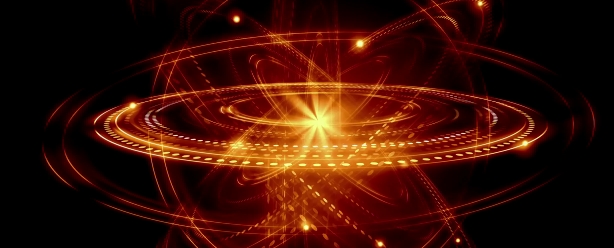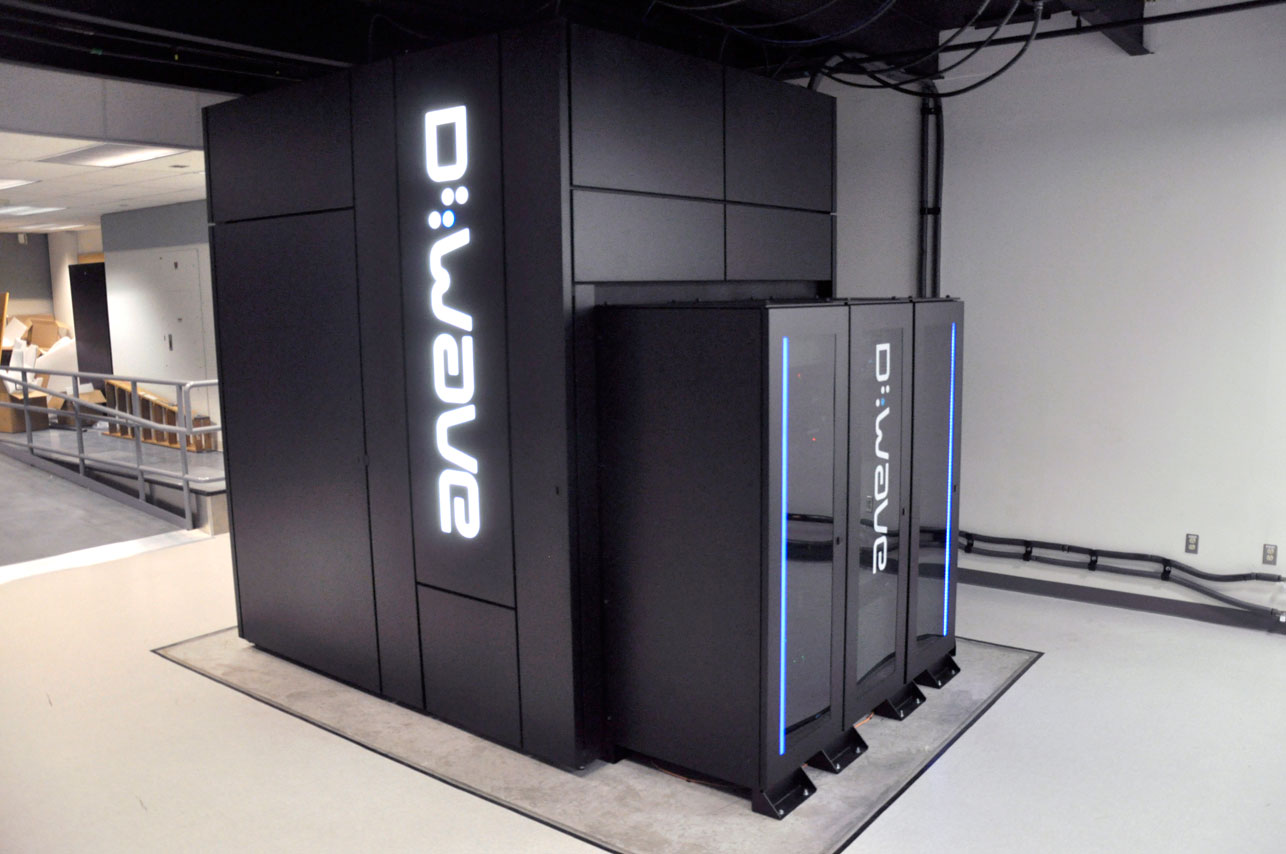Quantum Artificial Intelligence Laboratory welcomes researchers interested in collaboration

Quantum Artificial Intelligence Laboratory (QuAIL) is NASA’s hub for an experiment to assess the potential of quantum computers to perform calculations that are difficult or impossible using conventional supercomputers. They welcome researchers at other institutions who are interested in collaborating with the QuAIL team in these areas to contact the QuAIL team.
NASA’s QuAIL team aims to demonstrate that quantum computing and quantum algorithms may someday dramatically improve the agency’s ability to solve difficult optimization problems for missions in aeronautics, Earth and space sciences, and space exploration.
The hope is that quantum computing will vastly improve a wide range of tasks that can lead to new discoveries and technologies, and which may significantly change the way we solve real-world problems.
Beginning with the D-Wave Two™ quantum computer, NASA’s QuAIL team will evaluate various quantum computing approaches to help address NASA challenges. Initial work will focus on theoretical and empirical analysis of quantum annealing approaches to difficult optimization problems.
Through a five-year, non-reimbursable Space Act Agreement between NASA, Google, and the Universities Space Research Association (USRA), the QuAIL project team will conduct four main technology tasks: quantum computer acceptance tests; development of quantum AI algorithms and mapping onto the system; development of problem decomposition and hardware embedding techniques; and creation of quantum-classical hybrid algorithms.
In addition, the broader academic community, through USRA, will be able to utilize the D-Wave Two system and conduct collaborative research on the benefits of quantum computing together with researchers at both NASA and Google.

Image courtesy NASA QuAIL
Manufacturer: D-Wave Systems Inc.
Uses 512-qubit Vesuvius processor
Niobium superconducting loop encodes 2 states as tiny magnetic fields
512 qubit loops connected by 1472 coupling devices
Processor cooled with liquid helium to 20 millikelvin (near absolute zero)
Uses 12 kilowatts of power (compared to an average of 4100 kilowatts for the 10 top U.S. supercomputers)
The team is also studying how the effects of noise, imprecision in the quantum annealing parameters, and thermal processes affect the efficacy and robustness of quantum annealing approaches to these problems. Over the next five years, the research team will also develop quantum AI algorithms, problem decomposition and hardware embedding techniques, and quantum-classical hybrid algorithms.
This short, entertaining video, recently released by Google's Quantum Computing A.I. team, spotlights some of NASA Ames' quantum computing experts and illustrates quantum physics concepts in a engaging, fun way.

Source: NASA QuAIL
Featured image: YT video screenshot. Courtesy: Google

Commenting rules and guidelines
We value the thoughts and opinions of our readers and welcome healthy discussions on our website. In order to maintain a respectful and positive community, we ask that all commenters follow these rules:
We reserve the right to remove any comments that violate these rules. By commenting on our website, you agree to abide by these guidelines. Thank you for helping to create a positive and welcoming environment for all.